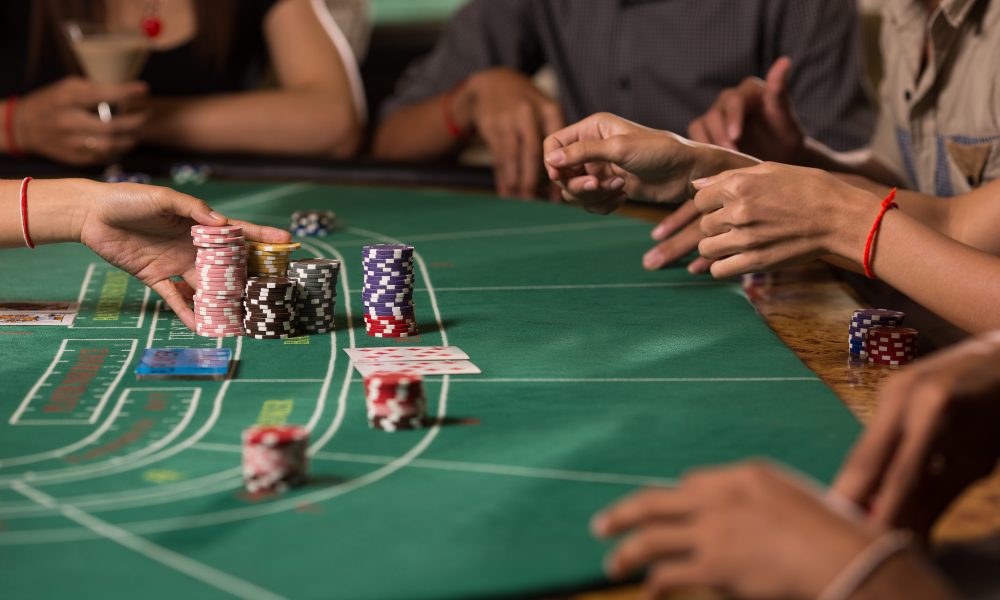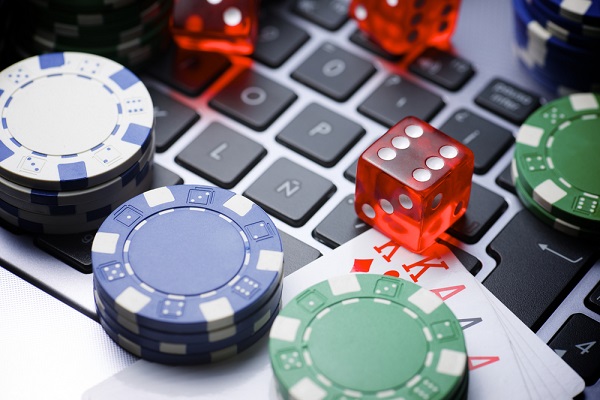Poker has always been about more than just the cards in your hand. The game rewards not only strategy but also the ability to read and manipulate opponents. Bluffing, or “faking it,” has long been a central part of live poker, where players use physical cues like body language and facial expressions to mislead others. But what happens when the poker table goes digital?
Can Los Angeles poker players, known for their mix of skill and swagger, effectively bluff in the online arena where no one can see their poker face?
Here’s a closer look at the challenges of bluffing online, the new tools players use to adapt, and how betting patterns have become the language of deception in this virtual space.
The Loss of Physical Tells
One of the biggest hurdles to bluffing in online poker is the absence of physical tells. Live poker players in Los Angeles are used to watching their rivals for the smallest signs of uncertainty or confidence. A nervous gesture, a sudden shift in posture, or even the way someone handles their chips can reveal valuable insights about their hand and strategy.
Online poker strips all this away. When everyone is behind a screen, players rely solely on digital avatars and usernames. Without the ability to see physical reactions to a big bluff, traditional techniques no longer apply. Instead, online players must rely on subtler, more analytical methods of deception.
The Role of Betting Patterns
If physical tells are absent, betting patterns become the key to successful bluffing in the online world. Savvy online players analyze how their opponents bet across hands, looking for patterns that hint at strength or weakness. For instance, a player who constantly bets big on the river might be trying to scare others into folding. Conversely, a sudden small bet after a strong start could suggest hesitation or a weak hand.
Bluffing in this context requires a deep understanding of how your actions are perceived. Online players craft their betting patterns strategically, mixing aggressive plays with cautious moves to keep opponents guessing. For example, bluffing may involve mimicking the behavior of someone with a strong hand, raising confidently, and putting pressure on others to fold.
Timing Is Everything
Online poker moves at a faster pace than its live counterpart, but even the speed of decision-making can be a bluffing tool. Hesitating before placing a bet might suggest indecision or weakness, while quick, decisive actions can project confidence—even if your hand is less than stellar.
Additionally, knowing when to bluff is critical. Bluffing early in a hand or against an experienced player rarely works, as seasoned online poker enthusiasts are quick to spot inauthentic patterns. Timing your bluff for moments when other players are likely to fold, such as when the board looks threatening, is key to success.
The Risk of Over-Bluffing
While bluffing remains a powerful tool online, overuse can quickly backfire. When players try to bluff too frequently, they become predictable, allowing opponents to call their bluff and seize the upper hand. Effective online bluffing requires restraint and the ability to shift gears seamlessly between aggressive and conservative play.
Conclusion
Bluffing in online poker is far from impossible, but it requires a different set of skills compared to live games. Los Angeles poker players who excel in the digital space have learned to adapt. They replace physical tells with betting patterns, use timing to project confidence, and leverage data-driven tools to outwit their opponents.
Ultimately, whether you’re at a glamorous live table in Beverly Hills or grinding out hands online, the secret to bluffing lies in knowing your audience and crafting a strategy that keeps them second-guessing. Can you fake it in online poker? Absolutely—but only if you’re willing to rethink how deception works when all eyes are on the cards, not the players.

